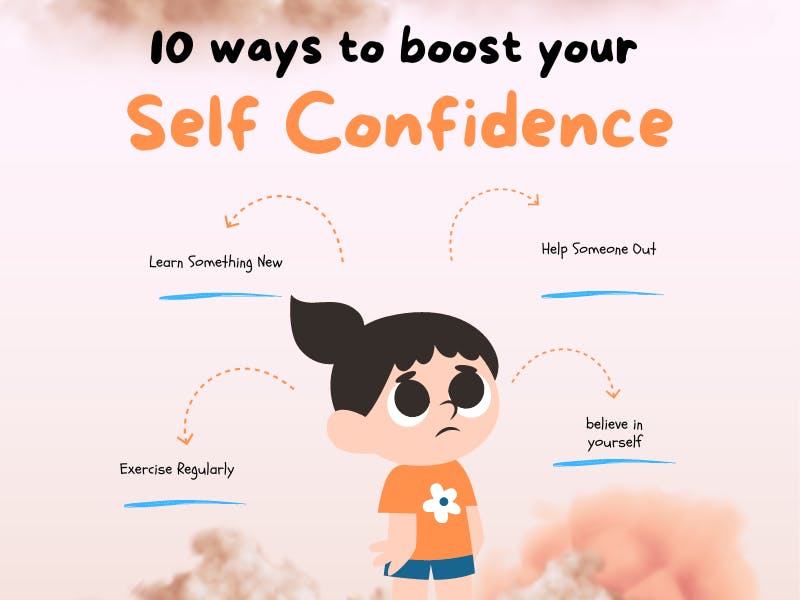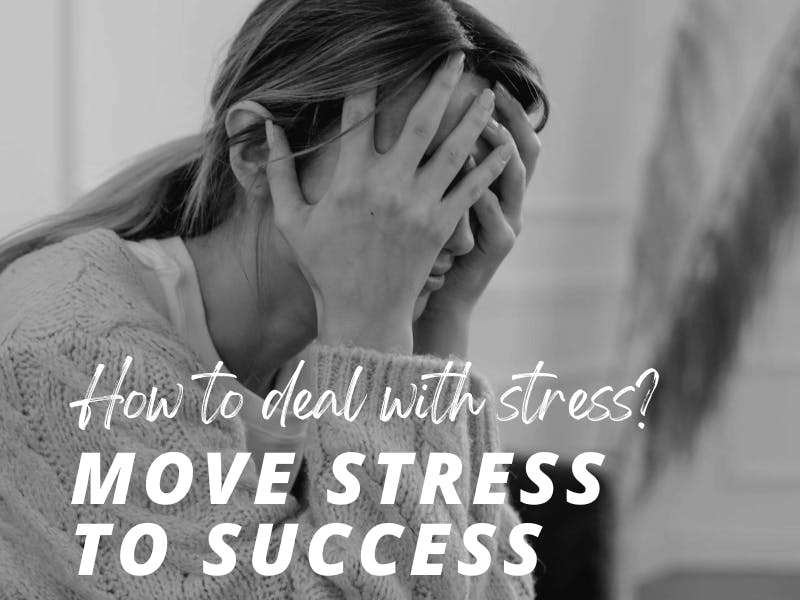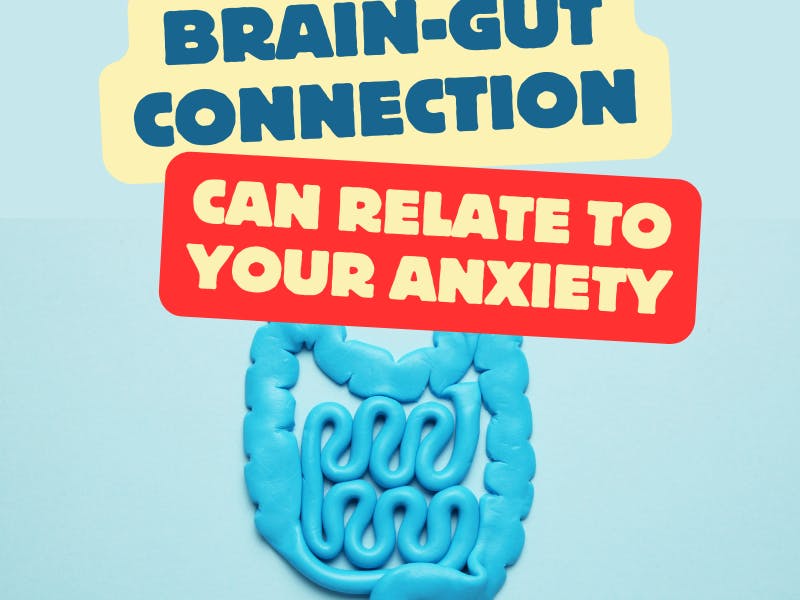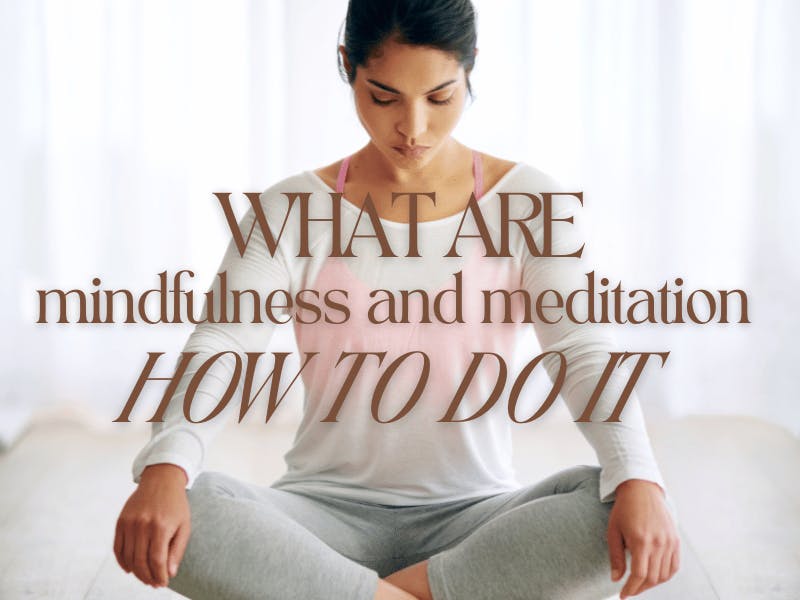
How to stop shaking from anxiety?
Jul 22, 2024
Introduction
Shaking and trembling are common physical symptoms experienced by many people with anxiety. When feeling nervous, stressed or anxious, it's normal for muscles to involuntarily tremble or the hands to shake. The shaking can be difficult to cope with and control at times.
Shaking is related to anxiety because it stems from the body's natural "fight or flight" response activating the sympathetic nervous system. When the brain perceives a threat, even if it's just anxious thoughts, it triggers a stress response. This puts the body into high alert by releasing stress hormones like adrenaline and cortisol.
These hormones flood the system with energy, priming the body to either flee from or fight the perceived threat. However, when there's no physical action to release that pent up energy, it often results in tremors and shaking. The shaking occurs as a physical manifestation of the body's biochemical response to feeling stressed or anxious on a cognitive level.
Understanding the physiological reasons behind anxiety-induced shaking is important. It can help alleviate some of the emotional distress shaking brings by recognizing it as the body's natural reaction to perceived threats, even if just thoughts and not real dangers. This introduction explains what shaking is, how it relates to anxiety, and discusses the stress response driving the trembling response.
Understanding the Causes of Shaking
Adrenaline and the fight-or-flight response When the body is stressed, threatened, or anxious, the sympathetic nervous system activates the body's fight-or-flight response. This causes the adrenal glands to release adrenaline and other stress hormones like cortisol. Adrenaline floods the bloodstream, elevating heart rate, breathing rate, blood pressure and other physiological changes to prepare the body for emergency action. However, when there is no physical threat to combat or flee from, this surge of adrenaline can result in trembling and shaking.
Role of the nervous system The autonomic nervous system controls involuntary body functions and has two main branches - the sympathetic and parasympathetic nervous systems. The sympathetic branch activates the fight-or-flight response while the parasympathetic branch induces relaxation and rest. During anxiety, the sympathetic nervous system is overactive, priming the body for a threat. Without an outlet for this mobilized physiological state, it manifests as shaking.
Factors that can worsen shaking Caffeine, stress, lack of sleep, and other stimulants can exacerbate shaking by further activating the sympathetic nervous system. Things like caffeine and poor sleep disrupt the body's natural balance between its relaxation and stress response networks. Additionally, ongoing stress keeps the fight-or-flight response in a heightened state of sensitivity over long periods of time, potentially worsening trembling symptoms. Understanding what triggers can make shaking more severe can help target lifestyle modifications.
Techniques to Stop the Shaking From anxiety
Relaxation Strategies
- Deep breathing exercises - Taking slow, deep breaths to counteract the stress response.
- Progressive muscle relaxation - Tensing and releasing groups of muscles to relieve tension.
- Meditation and mindfulness - Focused awareness practices to achieve mental and physical relaxation.
Physical grounding techniques
- Squeezing a stress ball - Provides a physical outlet for excess adrenaline.
- Tensing and releasing muscle groups - Can relieve tension in specific areas that may be contributing to shaking.
- Going for a walk - Light physical activity is energizing but also calming for stress and anxiety.
Cognitive Strategies
- Challenging anxious thoughts - Identifying and disputing thoughts fueling physiological arousal.
- Positive self-talk - Reassuring inner dialogue to promote relaxation over panic.
- Visualization exercises - Imagining deeply relaxing scenarios to shift mental and physical states.
Lifestyle Changes
- Reducing caffeine and stimulants - Limiting intake of substances straining the nervous system.
- Getting enough sleep - Adequate rest promotes relaxation and mental clarity.
- Engaging in regular exercise - Physical activity regulates stress hormones while boosting mood and health.
Consistently practicing relaxation techniques, along with a supportive lifestyle and challenging negative thoughts, can help regain control over shaking caused by anxiety and stress.
When to Seek Professional Help
Here are some signs that it may be time to seek professional help for shaking from anxiety:
- Shaking episodes are frequent and intense, interfering significantly with daily functioning.
- Home techniques and lifestyle changes have not helped reduce shaking over time.
- Shaking is accompanied by other severe anxiety symptoms like panic attacks, chest pain, dizziness.
- Significant shaking is impacting your confidence, self-esteem, or interpersonal relationships.
- You experience intense fear, dread or embarrassment about the shaking itself.
If shaking doesn't improve or seems to be worsening despite efforts, it's a good idea to talk to a doctor or therapist. They can properly assess your anxiety and shaking to determine the best treatment plan. This may include cognitive behavioral therapy to address underlying anxiety disorders and change anxiety-exacerbating thoughts and behaviors.
Medication can also help balance brain chemistry and calm physical symptoms for some. Options may include antidepressants, anti-anxiety drugs, or beta-blockers, depending on a complete health evaluation. Combining medication with therapy is often the most effective approach when shaking feels impossible to control. Seeking help is encouraged if home remedies are no longer sufficient for managing shaking from anxiety.
Summary
In summary, there are several effective techniques one can use to help prevent or manage shaking brought on by anxiety. Relaxation strategies like deep breathing and progressive muscle relaxation work to counteract the fight or flight response. Cognitive methods like challenging anxious thoughts and using positive self-talk also help shift physical sensations. Maintaining a generally healthy lifestyle free of excessive stimulants provides additional support.
When shaking occurs, applying grounding exercises and calming self-talk during episodes can help stabilize physical symptoms more quickly. However, gaining control over shaking from anxiety takes time and consistency. It's important to be patient through the process and not expect perfection overnight. What helps may also vary between individuals, so experimenting is encouraged to discover the most effective personalized approach.
With regular practice of relaxation skills, identification and modification of anxiety-fueling thought patterns, and overall lifestyle management, it is certainly possible to significantly reduce or stop anxiety-induced shaking. Keeping mind and body in a generally relaxed state prevents severe internal physiological arousal from anxious thinking. If home remedies prove insufficient even with dedicated effort over time, consult a medical provider for additional care options. By applying techniques tailored to individual needs, fuller control over this challenging physical symptom can be achieved.




